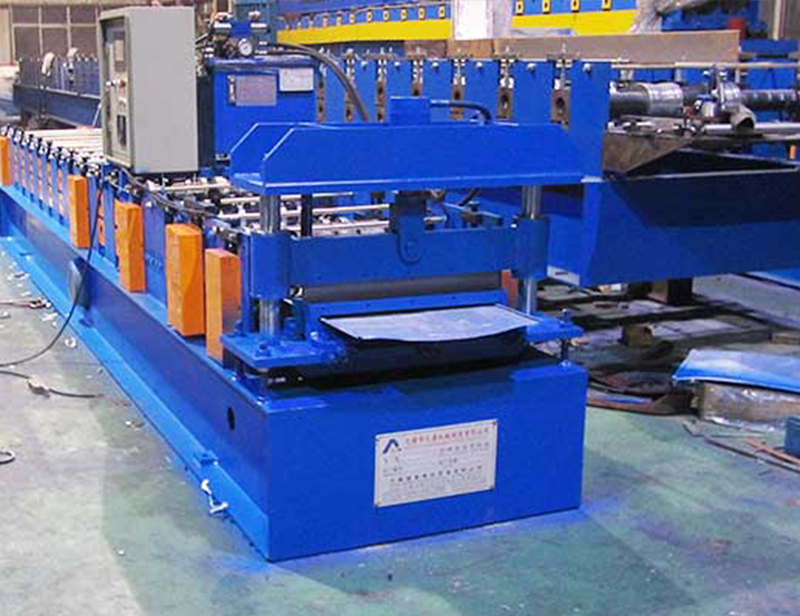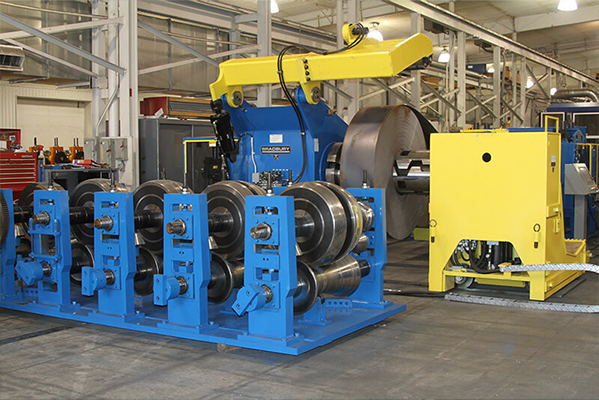Navigation Menu
Contact Us
- Email:
- info@wxavatar.com
- Address:
- Yurong Village, Yuqi Street, Huishan District, Wuxi, China.
Release Date:Apr 28, 2025 Visit:49 Source:Roll Forming Machine Factory
Selecting the right material for making rolls is an important step in ensuring quality and performance. The choice depends on factors such as application, durability, cost, and processing requirements. Below are key considerations when choosing roll materials.

1. Application Requirements
Different industries use rolls for various purposes, such as printing, metal processing, or food production. The material must align with the specific demands of the application. For example:
Metal Rolls: Often made from hardened steel or alloy for wear resistance.
Rubber Rolls: Used in printing or conveying for flexibility and grip.
Polymer Rolls: Suitable for lightweight or corrosion-resistant needs.
2. Durability and Wear Resistance
Materials should withstand operational stresses, including friction, pressure, and repeated use. Hard materials like tungsten carbide or chrome-plated steel are common for high-wear applications, while softer materials like polyurethane may be used where surface protection is needed.
3. Cost and Availability
Budget constraints influence material selection. High-performance alloys may offer superior durability but at a higher cost. Standard steel or composite materials can be cost-effective alternatives for less demanding applications.
4. Processing and Machinability
Some materials are easier to shape and finish than others. For precision rolls, machinability is crucial to achieve smooth surfaces and tight tolerances. Materials like aluminum or certain plastics are easier to machine compared to hardened steels.
5. Thermal and Chemical Resistance
In high-temperature or chemically aggressive environments, materials must resist degradation. Ceramic-coated rolls or stainless steel are often chosen for such conditions.
6. Surface Finish Requirements
The final surface quality of the roll affects performance. Polished metals or specially coated rolls may be necessary for applications requiring smooth finishes, such as in paper manufacturing or film production.

Conclusion
Choosing the right roll material involves balancing performance needs with practical considerations like cost and manufacturability. By evaluating application requirements, durability, and processing factors, manufacturers can select the most suitable material for optimal results.